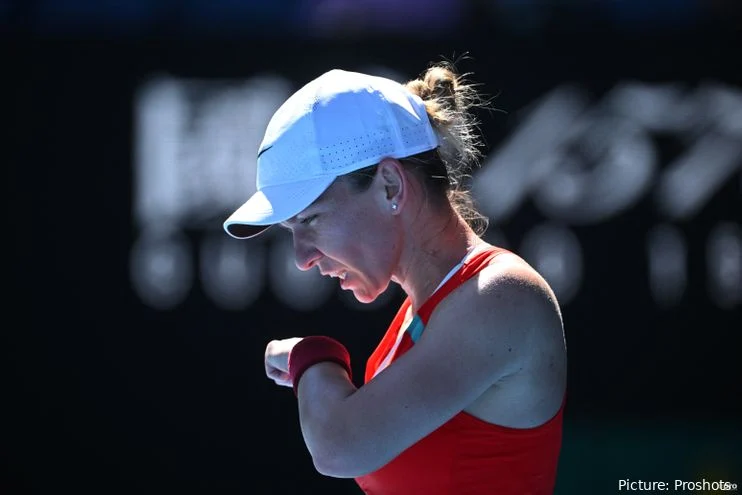
Simona Halep was recently exonerated from her four-year ban after she was cleared of suspicion of consciously consuming Roxadustat. The Romanian player cried foul after the ban was levied and fought the case. She has managed to enter the Miami Open, but some fans are still trying to unravel the fact that she found herself free of blame.
As the news of her sentence being reduced went viral, many speculated about what transpired behind the scenes. A famed tennis journalist also shared his theory about the sketchy circumstances under which Halep was relieved.
When it was revealed that Halep consumed Roxadustat because it contaminated a supplement of hers, she was able to fight better against the Court of Arbitration for Sport. However, doubts about her immunity are still flying around. David Wash recently wrote to The Times UK, where he explained that she was relieved under sketchy circumstances.
Walsh revealed that ITIA asked Dr Daniel Eichner, an expert in Pharmacokinetics, the study of the body’s interaction with administered substances, to check Halep’s sample. He used two scenarios, one where the highest level of Roxadustat was found in the supplement with the lowest level was found in Halep’s urine. In the second method, he used average values for both.
“In the first scenario, the one most favorable to Halep, Dr Eichner’s conclusion was that the player needed to have ingest more than 50 times the daily recommended 10g daily serve to produce her positive test. Halep insisted that she stuck to the recommended 10g.”
The second scenario provided even worse results, “Under the second scenario, working with average values, Eichner stated that Halep would have needed to ingest 5,000 times the recommended daily dose to produce the concentration of Roxadustat found in the August 2022 sample.”

After sharing his trial process and the results of the study, Walsh also talked about the implications of the result.
The implications of accepting Simona Halep’s case as per David Walsh
Based on the results that came up from the testing, accepting Halep’s case throws doubt on the CAS. “To accept Halep’s case, on this evidence, the CAS had to have ignored the pharmacokinetics or, worse still, did not understand them. Whatever way you look upon this partial exoneration, it does not inspire confidence in the regulation of anti-doping cases.”
Anti-doping tests are already under heavy scrutiny by tennis fans and several players. Many have shown their frustrations at the state under which tests are conducted, and Halep’s case only increases the doubt amongst the fanbase. Her return has taken place, but will the investigation of her being relieved from the doping case continue?





